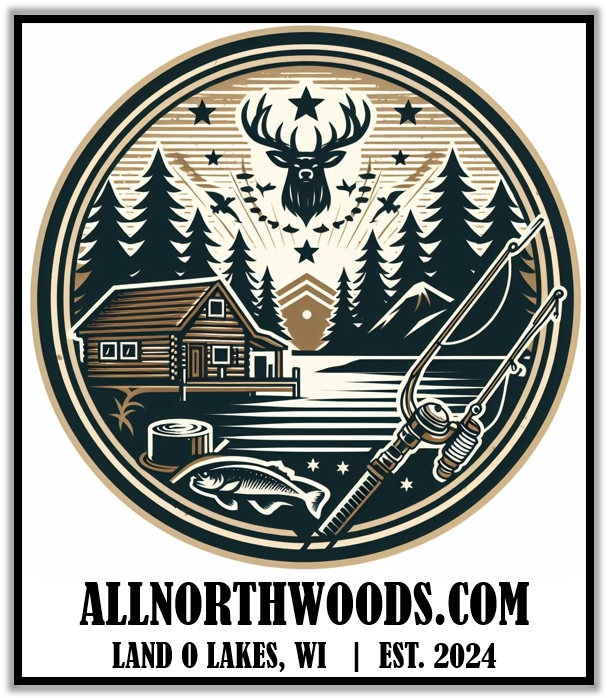SNOWBIRDS
When someone hears the word snowbird, one would think these are people that head south during the winter months, but here’s one snowbird that does the opposite. Let me start by saying I’m not a true bird watcher by any means. I wouldn’t walk around the woods with binoculars hanging off my neck looking for different species. But I do watch the birds at the feeders outside our kitchen window when I’m having my morning coffee.
When we first put up our feeders, birds showed up immediately, but I wasn’t sure how many of our feather friends would be here during the cold snowy months. So last Wednesday, I was amazed at the number of birds flying around our feeders during the snowstorm. Maybe the word got out that we keep the feeders full year-round, or I never really paid attention before during the winter months. This is when I became curious to what the different types of birds that I see on a daily basis stay in Wisconsin during the winter. At this point I started to look on my phone at pictures to see what birds were eating all our seed.
Believe this or not, I found out one of these little birds are only here during the winter. That species is the Dark-Eyed Junco or also known as a SNOWBIRD. As pictured above, most of these birds are black/dark gray with a white belly, with the males being darker and look similar to a sparrow. These Snowbirds arrive around the end of October to spend their winters in the Northwoods and will return to the same area every year. At the end of March or the beginning of April they will migrate to their home range in Labrador, Alaska and The Yukon Territory and here is one interesting fact that I found amazing. When these snowbirds migrate north, they fly during the night.
These are the other birds that I see at our feeders and looked up on my phone. The most common birds are the Black capped chickadee, American Goldfinch and the White-Breasted Nuthatch. Then there is the Red Bellied Woodpecker, the Downy Woodpecker, the Pileated Woodpecker that are daily visitors and the huge Hairy Woodpecker that shows up once a week to dine on the hanging suet.
Because their natural food is not abundant, putting up bird feeders helps these birds survive winters and gives us viewing pleasure while having our morning coffee. Also, as water can be an issue in the winter, having a heated bird bath helps the birds and many other animals.




